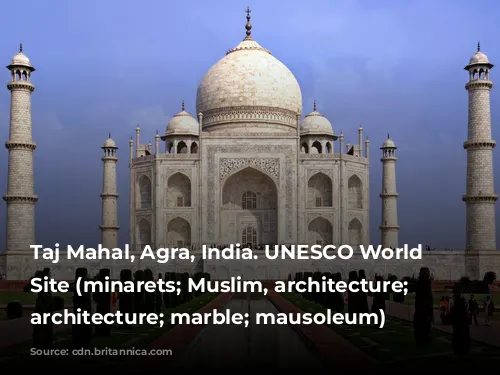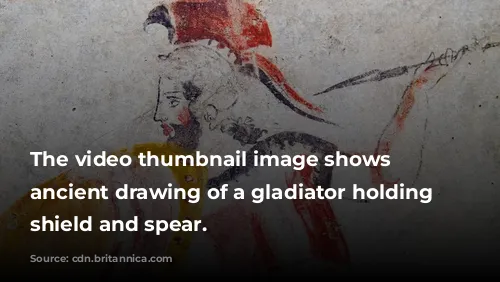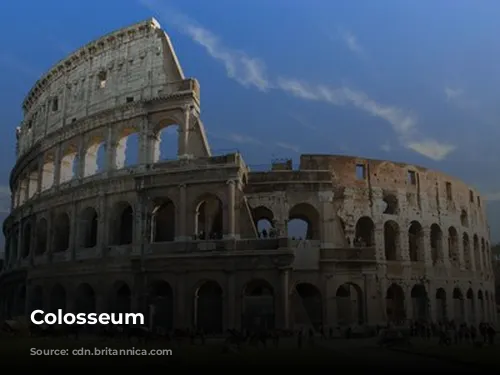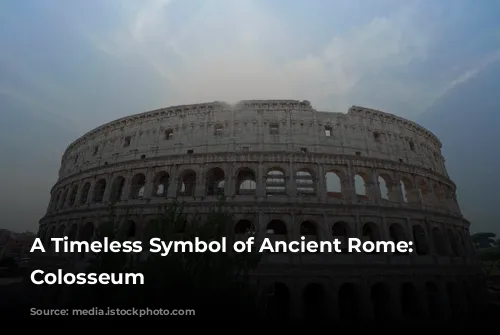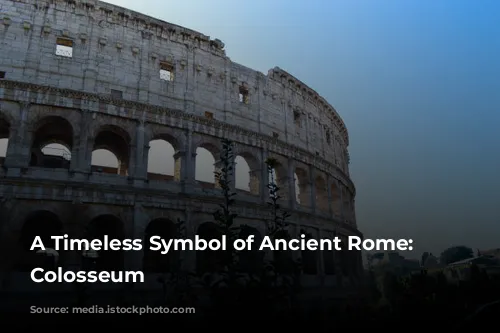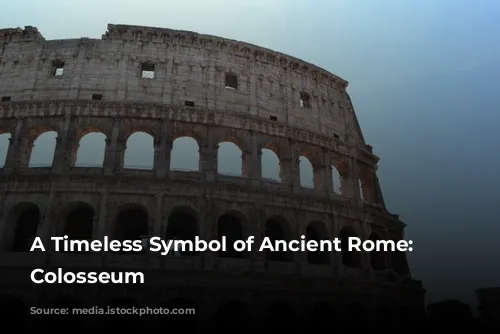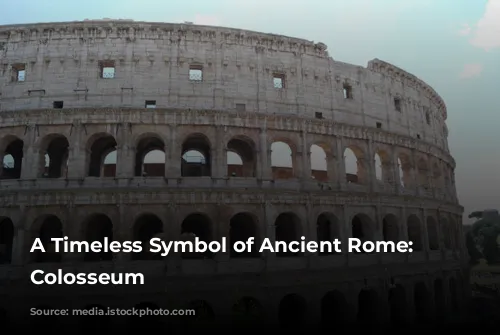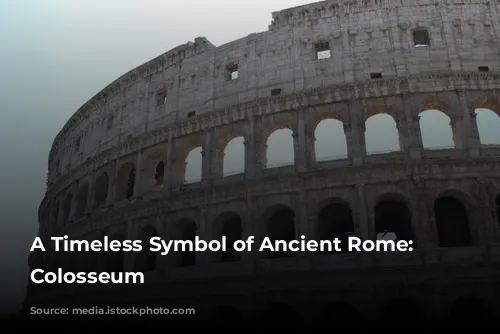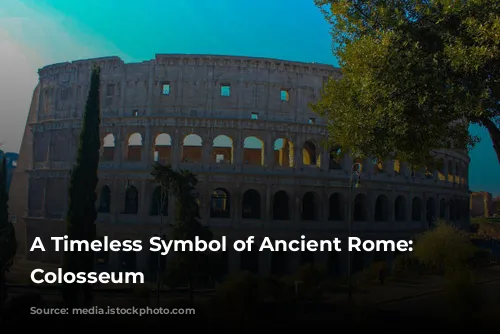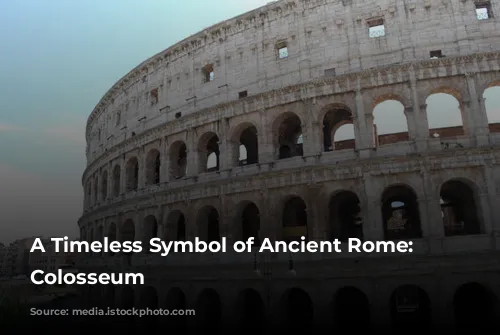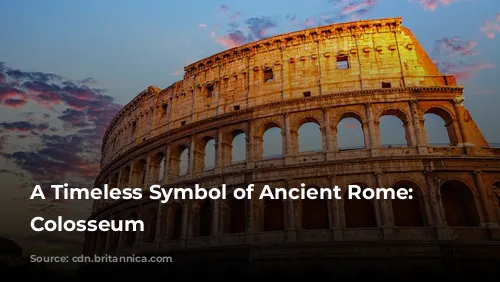The Colosseum, a magnificent monument to the architectural and engineering brilliance of ancient Rome, is one of the few structures from that era that remains mostly intact. Today, this iconic landmark stands as a powerful reminder of Rome’s glorious past and is a major draw for tourists from all over the world. The Colosseum is more than just a historical site; it’s a vital contributor to the Italian economy, generating substantial tourism revenue. In 2018, the Colosseum, along with the Roman Forum and Palatine Hill, drew in over $63.3 million (€53.8 million), making it the top tourist attraction in Italy.
A Monument Restored
The Colosseum’s journey to its current state has been marked by both grandeur and neglect. After the fall of the Western Roman Empire, the Colosseum fell into disrepair. During the 12th century, the Frangipane and Annibaldi families transformed the arena into their fortress. In the late 15th century, Pope Alexander VI granted permission for the Colosseum to be used as a quarry, stripping it of its valuable materials. After over a thousand years of neglect, the Italian government embarked on a significant restoration effort in the 1990s, breathing new life into this ancient wonder.
From Emperor Vespasian’s Vision to a Monument of Entertainment
The Colosseum’s construction was driven by Emperor Vespasian’s ambition to revitalize Rome following the tumultuous year of the four emperors in 69 CE. Inspired by other amphitheatres, Vespasian envisioned the Colosseum as a grand entertainment venue, designed to host a variety of spectacular events. Gladiatorial combat, animal hunts, and even mock naval battles were all part of the Colosseum’s repertoire. The Colosseum was a symbol of the Roman Empire’s power and a testament to its ability to create breathtaking spectacles that captivated its citizens.
A Triumphant Structure
The Colosseum’s construction began under Vespasian between 70 and 72 CE. His son and successor, Titus, dedicated the completed structure in 80 CE. The Colosseum’s fourth story was added by the emperor Domitian in 82 CE. The arena’s funding came from the spoils of Titus’s conquest of Jerusalem in 70 CE, and it was built using Jewish slaves from Judaea.
A Colossal Achievement in Architecture and Engineering
The Colosseum, also known as the Flavian Amphitheatre, is an elliptical structure made of stone, concrete, and tuff. This towering structure, reaching four stories high, measures 620 by 513 feet (189 by 156 metres). Its vast size allowed it to accommodate an impressive 50,000 spectators, making it a true architectural marvel.
A Stage for Spectacles
The Colosseum was strategically located just east of the Palatine Hill, on the site of Nero’s Golden House. The artificial lake that served as the palace’s centerpiece was drained, and the Colosseum was erected in its place. This decision was both symbolic and practical. Vespasian, who rose to power from humble beginnings, chose to replace the tyrannical emperor’s private lake with a public amphitheater that would become a gathering place for tens of thousands of Romans.
An Engineering Masterpiece
Unlike earlier amphitheatres, which were often built into hillsides for extra support, the Colosseum is a freestanding structure. It is a testament to Roman engineering ingenuity, featuring a complex system of barrel vaults and groin vaults. The Colosseum’s design incorporates three stories encircled by arcades, with engaged columns in the Doric, Ionic, and Corinthian orders. This arrangement of columns played a significant role in the development of Renaissance architectural principles. The Colosseum’s primary structure and facade are made of travertine, while volcanic tufa was used for the secondary walls. Concrete forms the inner bowl and the arcade vaults.
A Shelter from the Sun
The Colosseum’s massive retractable awning, known as a velarium, protected spectators from the sun’s glare. Supporting masts extended from corbels built into the Colosseum’s attic story. Hundreds of Roman sailors were required to operate the complex rigging that extended and retracted the velarium.
A Stage for Gladiatorial Combat and More
The Colosseum was the site of countless gladiatorial combats, contests between men and animals, and even larger battles, including mock naval engagements. While there is some debate about whether the Colosseum was the site of early Christian martyrdoms, it is undeniably a symbol of the Roman Empire’s brutality and its fascination with violent entertainment.
A Long and Winding Road to Preservation
In medieval times, the Colosseum was repurposed as a church, then as a fortress for the Frangipane and Annibaldi families. Over time, lightning, earthquakes, vandalism, and pollution took their toll on the Colosseum, stripping it of its marble seats and decorative materials. For over a thousand years, it was treated as a quarry, its valuable materials plundered for other projects. The 19th century marked the beginning of serious preservation efforts, with notable contributions from Pius VIII. In the 1990s, a major restoration project was undertaken, breathing new life into this ancient landmark.
A Timeless Icon
Today, the Colosseum stands as a testament to the grandeur and resilience of ancient Rome. It continues to captivate visitors from all over the world, attracting close to seven million visitors annually. The Colosseum serves as a reminder of the enduring power of architecture, engineering, and the human spirit.
